A group of researchers from the US, in collaboration with a non-profit organisation, has designed a book with silver-impregnated pages that can be used to filter contaminated water. One page from this ‘drinkable book’ can potentially filter up to 100 litres of drinking water and may provide a cheap, sustainable solution for communities suffering from severe sanitation problems.
Waterborne diseases, such as typhoid or diarrhoeal illnesses, kill 1.5 million people a year globally. Poor sanitation or inadequate treatment facilities are primarily to blame, with inadequate hygiene practices also leading to the growth of harmful organisms in water supplies, such as Escherichia coli.
Recognising that silver is an effective antimicrobial, Theresa Dankovich from Carnegie Mellon University used the idea to launch the concept of a book that could both encourage proper sanitation practices and purify water. During her PhD at McGill University, Dankovich successfully created a page made from cellulose, impregnated with silver nanoparticles. Following a postdoctoral stint at the University of Virginia (UVA), she was also able to dope the paper with relatively inexpensive copper nanoparticles.
‘The paper is really thick and sturdy, it has less than one weight percent of silver in it,’ explained Dankovich, speaking at the 250th ACS National Meeting & Exposition at Boston, US. ‘Bacteria percolate through it, absorb silver ions and, as a result, end up dying.’
At UVA Dankovich and her colleagues started to test their filter pages in Limpopo province in South Africa in 2013. One sample location was an urban stream that did not exactly have the best sanitation, according to Dankovich. ‘Raw sewage … was just being dumped into it,’ she said.
The filter pages were able to bring the level of E coli in treated water down to less than 10 colony-forming units (CFU) per 100ml from an initial value of approximately 200,000 CFU per 100 ml. Further field testing campaigns with the non-profit organisation, WATERisLIFE, in northern Ghana and Bangladesh suggest that the silver-doped paper can remove up to 99.9% of the E coli bacteria present in a sample.
After founding the start-up company pAge Drinking Paper last year in collaboration with WATERisLIFE, Dankovich has now helped to design the 25-page drinkable book, which contains the filter pages she developed. Resembling a thick coffee filter, each page can be torn out to be used for filtration, but is also embossed with informative sanitary advice for local communities. One book could theoretically filter one person’s water for up to four years, Dankovich says.
Stuart Kahn from the University of New South Wales, Australia, who was not involved in the research, says that the team’s efforts have been admirable, but he expresses concern that people may not be able to tell when a sufficient amount of bacteria has been removed and the water is safe to drink. ‘Any efforts to provide clean safe drinking water to communities for which it is lacking, should be applauded,’ says Kahn. ‘The concept would be substantially improved if someone could find a reliable means of demonstrating when disinfection has been satisfactorily achieved and when it has not.’
In any case, Dankovich now hopes to increase production of the book. ‘If things keep going well, I’d like to scale it up and not have to make these papers by hand because I’m starting to make a lot of them,’ she said.
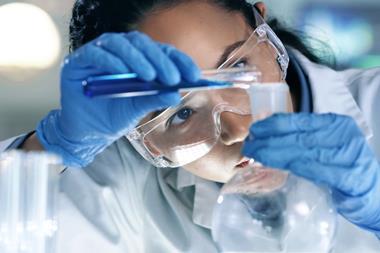
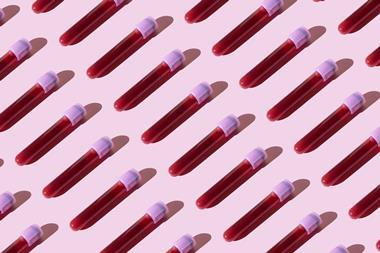
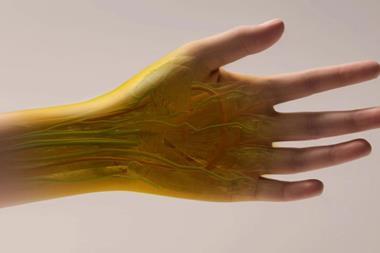
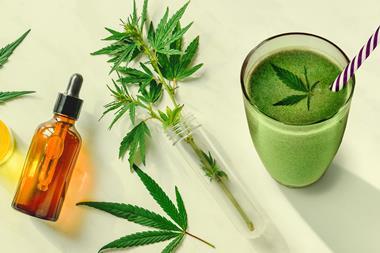
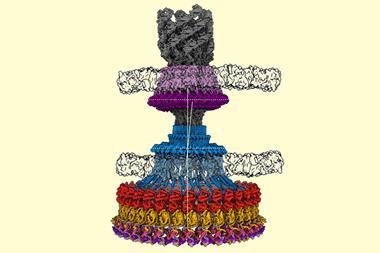
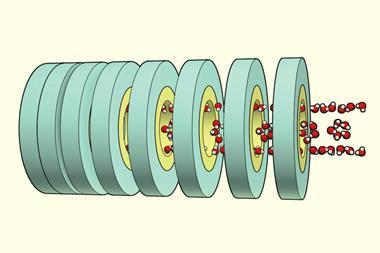
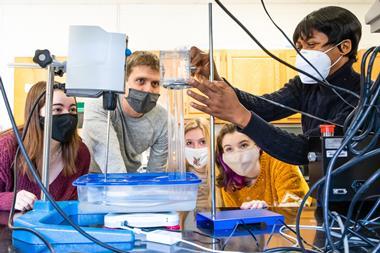
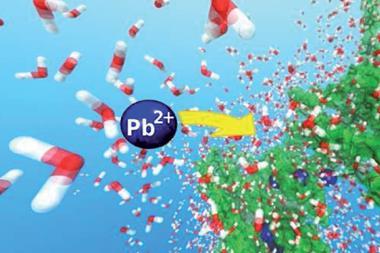














No comments yet